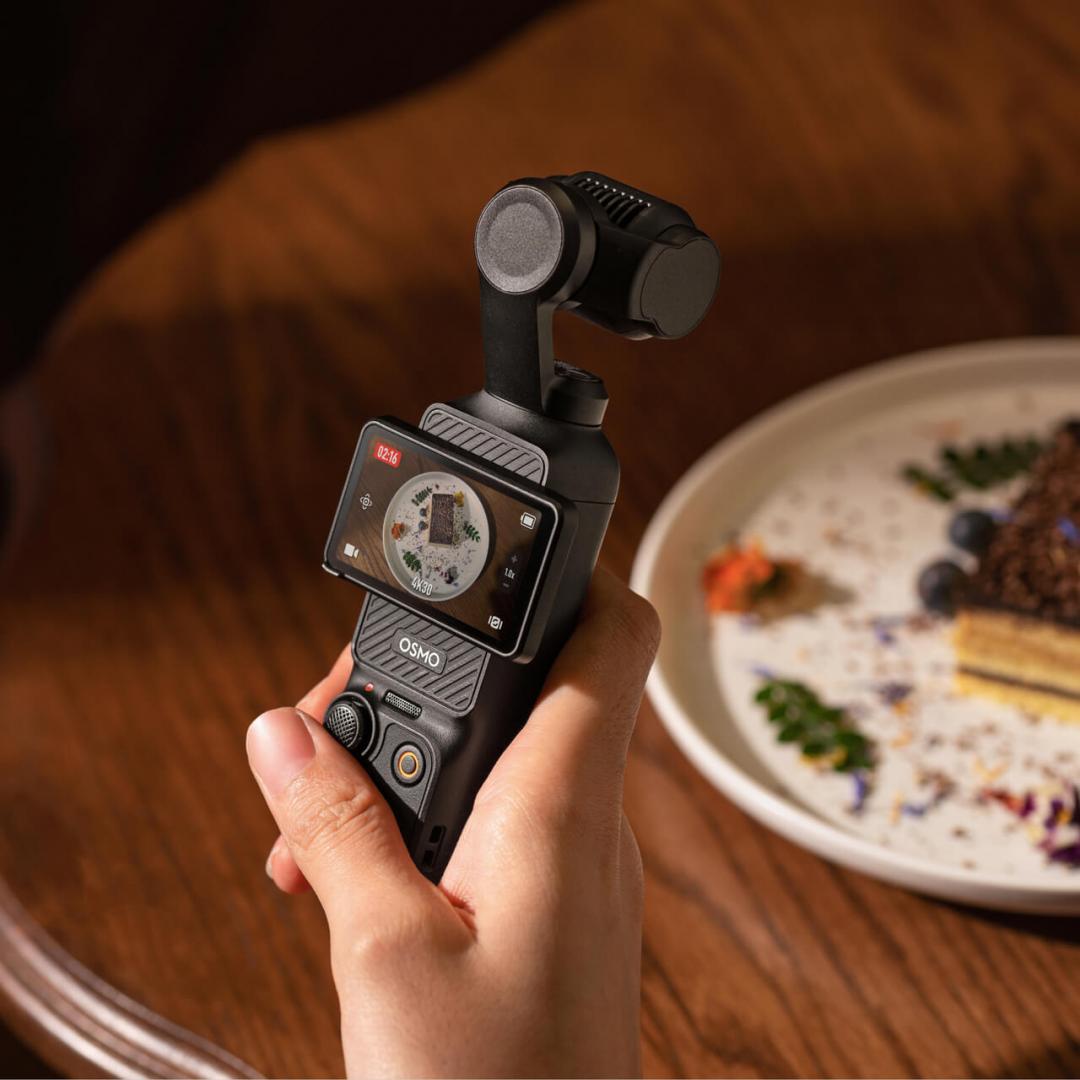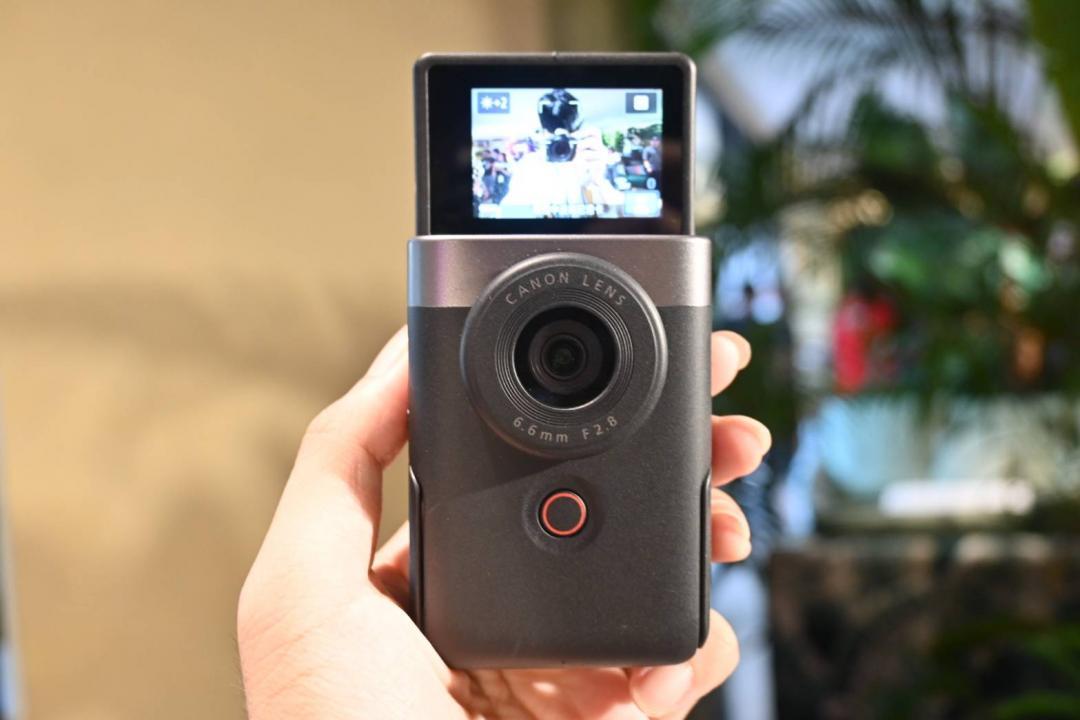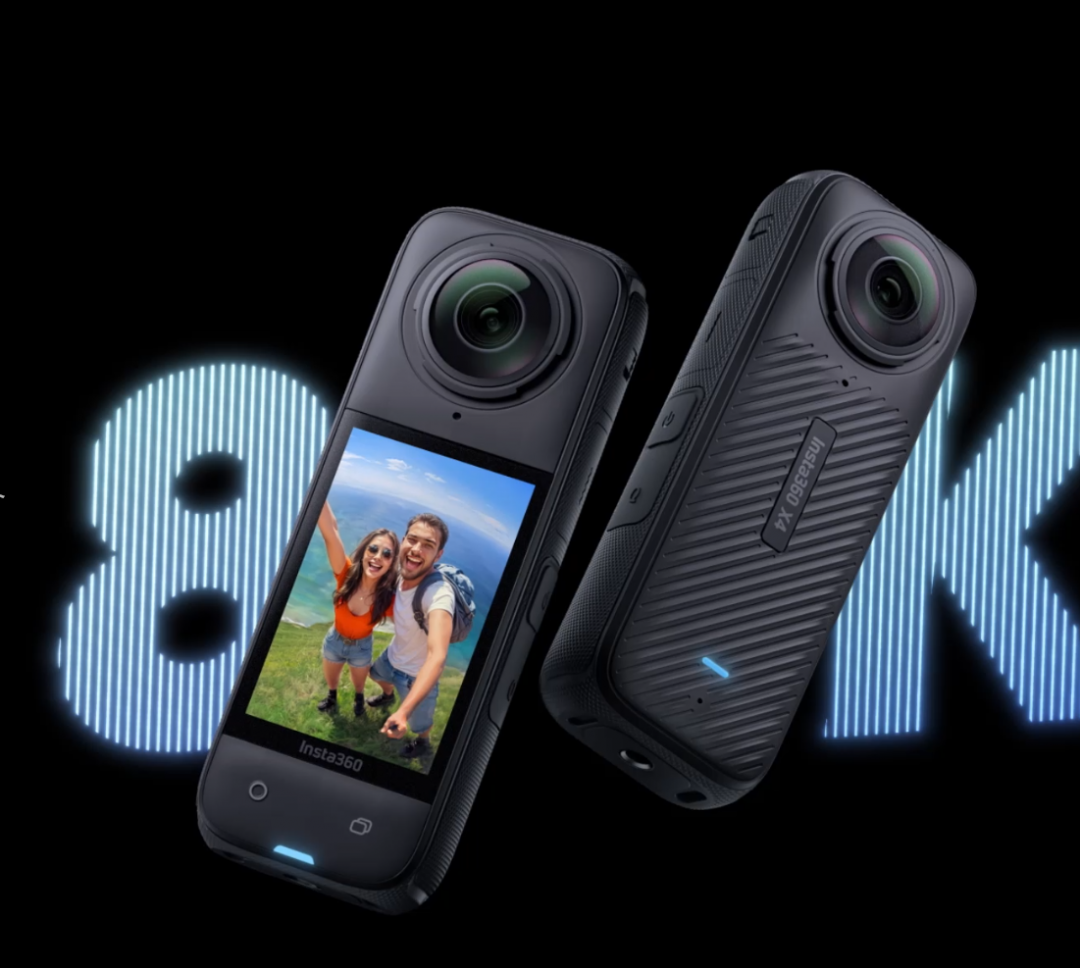Canon 全新相機收購,二手收購,收購相機,全新相機,二手相機 收購5D Mark IV,收購EOS-1D X Mark II,收購EOS M3/M10 收購canon canon 5Ds/5Ds R,,5D Mark III/6D II,7D Mark II 70D/80D,750D/760D,700D/100D 收購FUJIFILM 相機,全系列FUJIFILM 收購二手Nikon 相機,Nikon二手收購,全新Nikong買賣 D3400收購 Nikon 1 j5收購 D750 Df/D810/D610,D5/D4S,D500,D7200/D7500,D5500/D5300 OLYM
Raspberry Pi 400 review: functional $100 desktop PC that supports both Raspberry Pi OS and Ubuntu Desktop, but integrated keyboard is narrow and no 3.5mm jack 全新相機收購
全新相機收購orresponding part of a standard desktop keyboard.
Jim Salter
From the left: 40-pin GPIO header, microSD card slot, two micro-HDMI output ports, a USB-C power port, two USB 3.0 type-A ports and one USB 2.0 type-A port, Gigabit Ethernet port, Kensington lock slot.
Jim Salter
From the left: 40-pin GPIO header, microSD card slot, two micro-HDMI output ports, a USB-C power port, two USB 3.0 type-A ports and one USB 2.0 type-A port, Gigabit Ethernet port, Kensington lock slot.
Jim Salter
The visible hump on the underside of the Pi4 provides a comfortable typing angle and clearance for the passive-cooling vents.
Jim Salter
The visible hump on the underside of the Pi4 provides a comfortable typing angle and clearance for the passive-cooling vents.
Jim Salter
From the left: 40-pin GPIO header, microSD card slot, two micro-HDMI output ports, a USB-C power port, two USB 3.0 type-A ports and one USB 2.0 type-A port, Gigabit Ethernet port, Kensington lock slot.
Jim Salter
The visible hump on the underside of the Pi4 provides a comfortable typing angle and clearance for the passive-cooling vents.
Jim Salter
Unboxed and plugged in, the Pi 400 is functional but not particularly lovely. On the plus side, the integrated keyboard means fewer cables to deal with. Unfortunately, the remaining cables are unusually likely to snarl and look a bit feral. They are both stiffer and shorter than I’d prefer in an ideal world, making it difficult to impossible to end up with a setup that doesn’t look like a rat’s nest. The red cable for the mouse clashes pretty violently with the off-white cables for USB-C power and micro-HDMI out, which doesn’t help any.
That said, it’s important to remember that the entire kit retails for $100. Within the limits of the Pi 400’s very generous price, it’s not really fair to complain too hard about a few aesthetic gaffes here and there! Consumers with a few extra dollars to spend might want to consider replacing the Pi 400’s mouse with something a bit more functional, though… and a full-sized keyboard might not be a bad idea while you’re at it.
The integrated keyboard is functional but noticeably narrower than a standard keyboard. I’m not generally sensitive to variations in keyboard layout due to a long career involving Other People’s Computers in large numbers, but I was plagued with constant mistyping problems the entire time I tested the Pi 400.
It’s also worth noting that, while the Pi 400 supports dual displays, it does so with micro-HDMI ports, not full-sized ones—and it ships with a single cable. You’ll need an extra cable if you want to use your Pi 400 with dual displays—and since it ships with a micro-HDMI to HDMI cable, not an adapter, things will get complicated if you want to use it with, e.g., portable LED displays that have off-sized ports themselves.
Finally, there’s no 3.5mm audio jack on the Pi—if you’ve got it hooked to a television or a monitor with speakers, it can deliver audio over HDMI; otherwise you’ll need a supported USB audio device. I tested with an inexpensive USB gaming headset, which worked fine.
Impressions—Raspberry Pi OS
Raspberry Pi OS suspects you might be using it on a television, not a proper monitor—so it starts out with significant overscan boundaries by default.
Jim Salter
Raspberry Pi OS suspects you might be using it on a television, not a proper monitor—so it starts out with significant overscan boundaries by default.
Jim Salter
The overscan goes away after a reboot, if you tell the setup dialog, “Yes, I see big black borders.”
Jim Salter
The overscan goes away after a reboot, if you tell the setup dialog, “Yes, I see big black borders.”
Jim Salter
Raspberry Pi OS suspects you might be using it on a television, not a proper monitor—so it starts out with significant overscan boundaries by default.
Jim Salter
The overscan goes away after a reboot, if you tell the setup dialog, “Yes, I see big black borders.”
Jim Salter
We tried playing a 4K 60fps YouTube video on the Pi 400. Even at 1080p, not 4k, it dropped a lot of frames.
Jim Salter
We tried playing a 4K 60fps YouTube video on the Pi 400. Even at 1080p, not 4k, it dropped a lot of frames.
Jim Salter
Checking CPU utilization, we see that the system’s pretty much pegged while trying to play this 60fps video, even at 720p.
Jim Salter
Checking CPU utilization, we see that the system’s pretty much pegged while trying to play this 60fps video, even at 720p.
Jim Salter
We tried playing a 4K 60fps YouTube video on the Pi 400. Even at 1080p, not 4k, it dropped a lot of frames.
Jim Salter
Checking CPU utilization, we see that the system’s pretty much pegged while trying to play this 60fps video, even at 720p.
Jim Salter
I began testing the Pi 400 using its native Raspberry Pi OS Linux distribution—which is basically Debian with LXDE and a lot of middleware optimizing it for the Pi. Unfortunately, there’s almost nothing in the way of standard benchmarking utilities that run on ARM Linux—all I could find was the Phoronix Test Suite, which would have required more time to run than I had to test the device in total. So for the most part, I’m going to talk about my subjective experience, rather than hard numbers.
The good news about the Pi 400 is that it does make a credible desktop PC, in the sense that, yes, you can totally use it without things breaking. With that said, you’re unlikely to forget that you’re using a very inexpensive ARM device. Much like the Pinebook Pro, the Pi 400 exhibits heavy latency while opening applications that’s perhaps possible to live with but impossible not to notice.
Also like the Pinebook Pro, once the applications are actually open, they generally run smoothly enough—although we did find the Pinebook Pro’s hex-core 2.0GHz big/1.5GHz little CPU noticeably punchier than the Pi 400’s straight 1.8GHz quad-core. The biggest problem I had was with high-resolution, high-frames-per-second YouTube videos.
I only tested the Pi 400 with a 1080p monitor, so I can’t speak to its chops with 4K videos—but it’s absolutely not capable of handling the Costa Rica in 4K 60fps HDR video without visible frame drop, even at 720p. The major issue here appears to be the 60fps rate, not the 720p resolution. I also tested the “Forests” episode of Netflix’s docu-series Our Planet on YouTube at 1080p, and that video played back flawlessly.
Examining CPU utilization during playback of the 60fps Costa Rica video, we can see the little 1.8GHz Broadcom quad-core CPU struggling—it’s at its limits, with CPU utilization for all cores at more than 90 percent. Although the BCM2711 supports hardware offload of video decoding—without which, this video would be playing in seconds per frame, rather than just dropping frames a bit—the hardware offload can only do so much, and the CPU is being asked to take on more than it can handle in software.
This effect is even more visible when entering or leaving full-screen playback. On a standard desktop PC, that operation takes perhaps 100-150ms. On the Pi 400, it frequently takes as much as three or four full seconds, during which the video itself tends to keep playing, but the surrounding controls and framework only partially render/stop rendering while the shift finishes taking place.
Getting audio out of the Pi 400 was a bit of a challenge; it defaulted to attempting to deliver audio over HDMI, and Raspberry Pi OS’ audio control dialog isn’t the best. Even after changing the output device to USB Audio (my gaming headset), YouTube wasn’t producing audio—and there’s no “test” button I could find in Pi OS, like the one in Ubuntu’s audio-control dialog. Closing and reopening the browser entirely after changing the output device resolved the issue, and audio played from the headset fine afterward.
All of these quibbles aside, I again have to make note of the sheer inexpensiveness of the Pi 400—it’s only $70 for the device itself or $100 for a kit that includes a mouse, SD card, micro-HDMI to HDMI cable, USB-C power supply, and 247-page full-color guide packed chock-full of tips and projects.
At $100 or less for a functional, reliable, well-packaged, and integrated desktop computing device, I’m not going to get mad about YouTube looking funny and hanging for a few seconds when it shifts back and forth from full-screen. Yes, Walmart’s $350 Gateway laptop is considerably more powerful, and it includes a screen, battery, and much better keyboard… but that $350 would buy five Raspberry Pi 400s.
Ubuntu 20.10 “Groovy Gorilla”
The Pi Foundation shipped us a ready-to-go Ubuntu 20.10 SD card, as well as the Raspberry Pi OS SD card already installed in the system.
Jim Salter
The Pi Foundation shipped us a ready-to-go Ubuntu 20.10 SD card, as well as the Raspberry Pi OS SD card already installed in the system.
Jim Salter
The 60fps Costa Rica video was hilariously unplayable under Ubuntu, but this 30fps YouTube video played back pretty well at 1080p.
Jim Salter
The 60fps Costa Rica video was hilariously unplayable under Ubuntu, but this 30fps YouTube video played back pretty well at 1080p.
Jim Salter
Although the YouTube video for Netflix’s Our Planet episode “Forests” didn’t appear to drop any frames when played back, there was minor screen tearing visible in some scenes.
Jim Salter
Although the YouTube video for Netflix’s Our Planet episode “Forests” didn’t appear to drop any frames when played back, there was minor screen tearing visible in some scenes.
Jim Salter
The 60fps Costa Rica video was hilariously unplayable under Ubuntu, but this 30fps YouTube video played back pretty well at 1080p.
Jim Salter
Although the YouTube video for Netflix’s Our Planet episode “Forests” didn’t appear to drop any frames when played back, there was minor screen tearing visible in some scenes.
Jim Salter
I also tested the Pi 400 under Ubuntu 20.10, which was preflashed on a second SD card that the Pi Foundation shipped specially to us along with the Pi 400 kit. The Ubuntu image is actually an installer itself, not a fully installed OS; on first boot, it walks the user through a few basic questions prior to running the actual installation process, which also goes to the SD card.
In general, Ubuntu 20.10 is exactly as Desktop Engineering Director Martin Wimpress promised me—a fully functional distribution ready-to-go with the Pi 400, without any quibbles about things that don’t work here or there. If you’re familiar with Ubuntu Desktop, you’ll be familiar with Ubuntu on the Pi 400—it just works, and it looks exactly the same as it would on a traditional x86 system.
With that said, it is significantly slower than Raspberry Pi OS, and for the moment, I wouldn’t particularly recommend it on the Pi 400 yet. It’s noticeably slower to boot, slower to open applications, and the 60fps YouTube video that dropped frames here and there under Raspberry Pi OS only renders a frame here or there under Ubuntu.
We suspect that most of the people who are habituated to Ubuntu’s Gnome3-based desktop will find it easier to adapt to Raspberry Pi OS’ functional LXDE-based desktop than to deal with the lower performance that Groovy Gorilla offers right now.
I suspect this will change in the future, as 全新相機收購canonical and the Pi Foundation continue working hand in hand to improve Ubuntu’s integration on the Pi—but Raspberry Pi OS, like Ubuntu, is for the most part just Debian under the hood. I think it’s probably better, for now, for Ubuntu users to adapt to using Pi OS rather than adapting to Ubuntu’s lower performance on the Pi.
Performance and reliability analysis
The Pi 400 doesn’t seem likely to share the Pi 4’s overheating problems—I never saw CPU temp higher than 52°C.
Jim Salter
The Pi 400 doesn’t seem likely to share the Pi 4’s overheating problems—I never saw CPU temp higher than 52°C.
Jim Salter
Although YouTube enjoys hardware video decoding offload on the Pi 400, there’s still a lot going on in software, as this Netdata graph while watching Our Planet—Forests in 1080p demonstrates.
Jim Salter
Although YouTube enjoys hardware video decoding offload on the Pi 400, there’s still a lot going on in software, as this Netdata graph while watching Our Planet—Forests in 1080p demonstrates.
Jim Salter
The Pi 400 doesn’t seem likely to share the Pi 4’s overheating problems—I never saw CPU temp higher than 52°C.
Jim Salter
Although YouTube enjoys hardware video decoding offload on the Pi 400, there’s still a lot going on in software, as this Netdata graph while watching Our Planet—Forests in 1080p demonstrates.
Jim Salter
It’s not hard to spot the time at which I shifted the Costa Rica video from 480p/30fps to 720p/60fps.
Jim Salter
It’s not hard to spot the time at which I shifted the Costa Rica video from 480p/30fps to 720p/60fps.
Jim Salter
Netdata itself consumes a significant amount of the Pi400’s CPU—especially while the real-time graphing interface is visible.
Jim Salter
Netdata itself consumes a significant amount of the Pi400’s CPU—especially while the real-time graphing interface is visible.
Jim Salter
It’s not hard to spot the time at which I shifted the Costa Rica video from 480p/30fps to 720p/60fps.
Jim Salter
Netdata itself consumes a significant amount of the Pi400’s CPU—especially while the real-time graphing interface is visible.
Jim Salter
The best news about the Pi 400’s performance and reliability is that the device doesn’t seem to share the Pi 4’s predilection for overheating. Despite having no active cooling, the Pi 400 never got within 30°C of its thermal limits in my testing—even during a 10-minute-long CPU stress test, using stress-ng. My office was at 28°C during testing; the Pi 400 idled at about 32°C and peaked at 52°C—and it’s rated for unthrottled operation up to 85°C.
Moving on from the thermals, I wanted to get a little more detail about what’s happening when the Pi 400 opens applications sluggishly and plays back video less than smoothly. A lot of readers got excited about Ubuntu’s new firmware, which allows USB booting, potentially overcoming SD card I/O limitations—so I particularly wanted to look for spikes in CPU iowait (time the processor spends waiting for data to come back from storage).
Although there is an occasional large spike in iowait (magenta areas on the graph)—like the one visible on CPU3 at about 16:52:40—they’re uncommon. For the most part, what I’m seeing here is just plain not enough CPU to get transient, high-demand tasks done as quickly as x86 users are accustomed to getting them done. Opening applications is hard work—significantly harder, in many cases, than actually running those applications—and the lack of grunt in the BCM2711 is readily apparent there.
We can also see that lack of CPU firepower readily in the Netdata graphs when shifting the Costa Rica video from 480p/30fps to 720p/60fps. At 480p/30fps, the CPU spends most of its time beneath 50-percent CPU utilization, with frequent but narrow spikes up to 80 percent or higher. But when we try to render 60fps video, the CPU spends almost all of its time at 80 percent or higher, on all four cores—making it effectively saturated, with the result of rendering video in seconds-per-frame rather than the other way around.
It certainly can’t hurt to replace the onboard SD card with a high-performance USB3 solid-state drive—but I don’t believe it will really solve the underlying issue that the Pi 400 is still a Pi, with a passively cooled CPU that just doesn’t stack up to actively cooled x86 CPUs in standard desktops and laptops.
Disassembly
There are no screws on the outside of the Pi 400’s chassis—so don’t bother prying up the rubber feet on the bottom. Insert a plastic spudger and gently pry clips loose all the way around the chassis.
Jim Salter
There are no screws on the outside of the Pi 400’s chassis—so don’t bother prying up the rubber feet on the bottom. Insert a plastic spudger and gently pry clips loose all the way around the chassis.
Jim Salter
With the chassis opened, the keyboard can be flipped over, revealing a heat spreader covering most of the Pi 400’s board.
Jim Salter
With the chassis opened, the keyboard can be flipped over, revealing a heat spreader covering most of the Pi 400’s board.
Jim Salter
The chassis didn’t have screws, but the heat spreader does. They look funky, but a Phillips-head driver fits them.
Jim Salter
The chassis didn’t have screws, but the heat spreader does. They look funky, but a Phillips-head driver fits them.
Jim Salter
With the chassis opened, the keyboard can be flipped over, revealing a heat spreader covering most of the Pi 400’s board.
Jim Salter
The chassis didn’t have screws, but the heat spreader does. They look funky, but a Phillips-head driver fits them.
Jim Salter
You’ll also need to disconnect the keyboard’s ribbon cable. Flip up the black plastic ledge, and the cable slides out—there is no pinned-out connector; the clip pins the cable’s conductors down to their mates.
Jim Salter
With the keyboard cable detached, we can gently pry up the heat spreader—but be careful; it’s attached to the CPU with double-sided thermal tape.
Jim Salter
It’s amazing how clean and simple a typical ARM board really is. The BCM2711 CPU is centered on the board, under and slightly right of the HDMI logo.
Jim Salter
There’s not a whole lot of reason to crack open the Pi 400, apart from sheer curiosity—what little is on the board at all is soldered down, and with the entire device only costing $70, we’re not sure there will ever be much market for replacing the motherboard in an existing chassis.
If you decide to break open a Pi 400 anyway, you’ll need a spudger—the chassis isn’t held together with any screws at all, so don’t bother peeling the feet off the underside. Instead, take a fine-edged spudger and gently work it into the seam—eventually, you’ll expose one of many little rectangular cutouts that allow further prying. At each one, gently work the spudger a little bit deeper, then just continue to slide it across the device inside the seam.
The clips on the chassis are tight, so we really do not recommend substituting a knife blade for a proper spudger here—if you do, you
隨著影音平台崛起,比起單純靜態拍照,愈來愈多民眾喜愛以生動活拍的影片紀錄生活,然而手機畫質、防震效果都不理想,購買傳統單眼相機又過於沉重,該怎麼辦呢?近年其實有不少新型態相機可以參考,身材更輕巧,價格也更為親民,是拍攝 VLOG 的好選擇。
 Osmo Pocket 3 售價 17,990 元。(圖/翻攝DJI官網)
Osmo Pocket 3 售價 17,990 元。(圖/翻攝DJI官網)
由 DJI 所推出的雲台相機 Osmo Pocket 3 近期掀起一波搶購熱潮,憑藉的是強力的穩定性與握持手感。從最根本的設計 Osmo Pocket 3 就與傳統相機不一樣,採用如手把一樣的機身,不只是便於收納攜帶,也能夠全程以單手握持兼操作,整機融入了雲台增穩技術,可以在不裁切的情況下達到三軸穩定,讓拍攝的畫面不再左右搖晃,能輕鬆拍出 4K、120fps 影片。
 全新相機收購canon PowerShot V10 售價 13,990 元(圖/記者黃肇祥攝)
全新相機收購canon PowerShot V10 售價 13,990 元(圖/記者黃肇祥攝)
相機大廠 全新相機收購canon 勇於創新,推出專為 VLOG、直播而生的 PowerShot V10,採用直立式設計,同樣是為了方便單手握持,搭載 19mm F2.8 超廣角定焦鏡頭,即便沒有自拍桿也有足夠廣闊的視角,不會讓整張人臉佔據畫面。全新相機收購canon 還在機身上設計可伸縮式支架,就算無法騰出雙手握持相機,也能擺在桌面上繼續拍攝,像是可以搭配 App 與 Youtube、Facebook 進行直播,或者應用在拍攝美食的自拍畫面。
 Insta360 X4 售價 18,899 元(圖/翻攝Insta360 官網)
Insta360 X4 售價 18,899 元(圖/翻攝Insta360 官網)
如果普通的拍攝視角無法滿足你,不妨透過 360 全景相機捕捉更有趣的畫面。假日喜愛上山下海,就可以考慮購買運動相機 Insta360 X4,裸機能達到 IPX8 防水等級,實現 10 米的防水,搭配專屬保護殼更能深入海水浮淺拍攝,並且支援 360°全景、隱形自拍桿、可以圍繞拍攝者錄影的 8 倍慢動作子彈時間,能拍出一般相機難以實現的特殊畫面。
全新相機收購 全新相機收購
